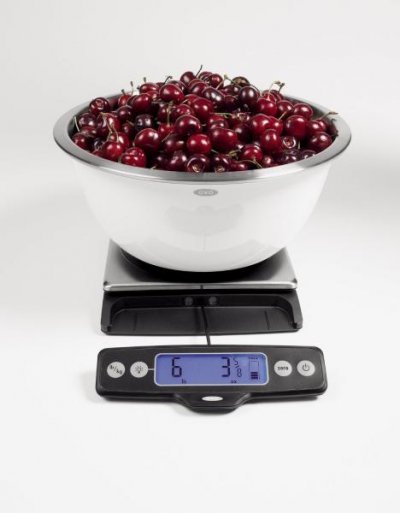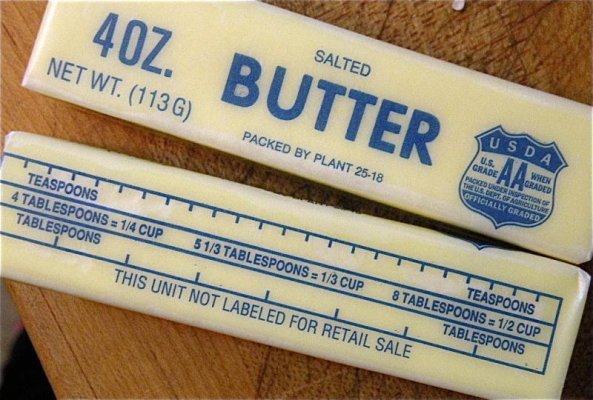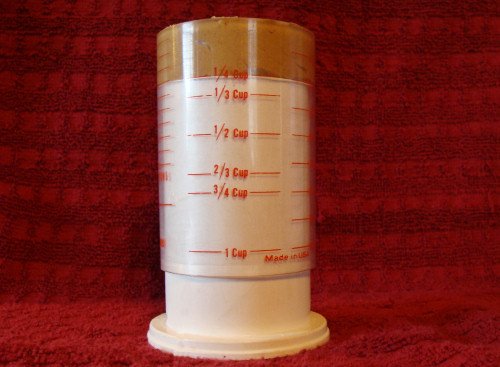bakechef
Executive Chef
I have always used scales for cooking but recently started using cup measures. I was a bit flummoxed when confronted with measuring out "1 cup of butter". How do you measure cups in something that is neither dry (like flour and sugar), nor liquid? I suppose you have to wait for the butter to soften enough to scoop into the cup? Anyway, I thought most US recipes called for "sticks" of butter rather than cups?
All I can say is, it was messy! (But I managed).
Oh and yes, the tare feature is marvellously useful.
There are conversions for everything online! 1 cup of butter is 8 ounces, which is 2 sticks. I like weighing so that I don't have to mash things into a cup and then scrape them out and clean them.
I convert all of my recipes to weight as I use them. The trouble with older American recipes is that they are done by volume and techniques for measuring by volume have changed, what used to be scoop and level is now fluff and gently scoop into the cup and level. Weight is so much more accurate!



